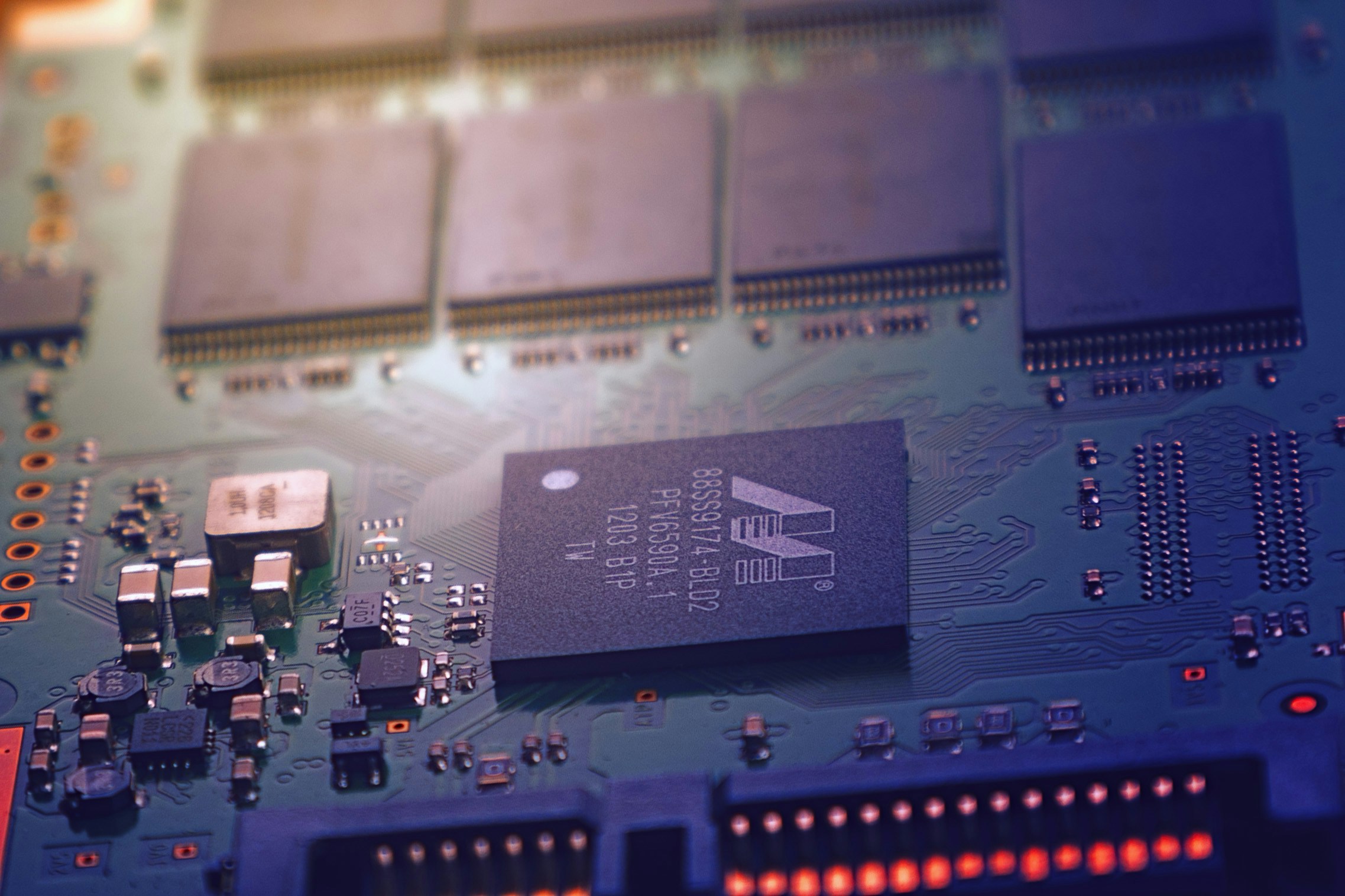"Projecting the Future: The Next Wave of Portable Projector Technology"
In the digital age, the means of communication and entertainment are constantly evolving. Projectors aren't an exception. From clunky devices limited to boardrooms and movie theaters, projectors have transformed into compact portable devices. They've moved from static AV rooms into our homes, offices, and even pockets. Let's explore how portable projector technology is sparking a revolution in visual entertainment and presentations.

The Genesis of Projectors: A Quick Recap
Projectors have come a long way since their inception. The earliest projectors, known as magic lanterns, date back to the 17th century and used candles or oil lamps to project images painted on glass slides. The 20th century brought significant advancements with slide projectors, overhead projectors, and eventually digital projectors.
The digital revolution in the late 90s and early 2000s brought projectors into a new era. The first digital projectors were bulky and expensive, but advancing technology rapidly improved their image quality and reduced their size and cost. This evolution has set the stage for the next wave of projector technology: portable projectors.
Today’s Portable Projectors: Compact and Powerful
Portable projectors, also known as pico projectors, have been around for more than a decade. They’ve become smaller, lighter, and more powerful, offering high-quality images and a range of connectivity options. Modern portable projectors can easily connect to smartphones, laptops, and tablets, offering flexible and convenient options for both business presentations and personal entertainment.
One of the key developments in portable projectors is the use of LED technology. LED projectors are smaller, lighter, and more energy-efficient than their traditional counterparts. They also offer a wider color range and longer lifespan, with some models providing up to 30,000 hours of use.
The Future of Portable Projectors: Smart and Versatile
The future of portable projectors lies in smart projectors. These devices offer built-in operating systems and Wi-Fi connectivity, transforming them into standalone multimedia devices. They can stream content directly from popular apps like Netflix and YouTube, eliminating the need for cables or additional devices.
Another promising development is the introduction of laser projectors. These projectors use laser light sources to produce brighter, more vivid images. They also offer advantages in terms of size, as they can be made smaller and thinner than LED projectors.
Pricing and Market Impact
The price range for portable projectors is wide, starting from as low as $100 for basic models to over $500 for smart or laser projectors. As technology advances, prices are expected to drop, making these devices more accessible to a broader audience.
The market impact of portable projectors is significant. According to a report from Market Research Future, the global portable projector market is expected to reach $3.44 billion by 2025, growing at a compound annual growth rate of 14.9% from 2019.
The Takeaway
Portable projector technology is revolutionizing the way we present and consume visual content. From business presentations to home entertainment, these compact devices offer a versatile and convenient solution. With smart projectors and laser technology on the horizon, the future of portable projectors looks bright indeed.




